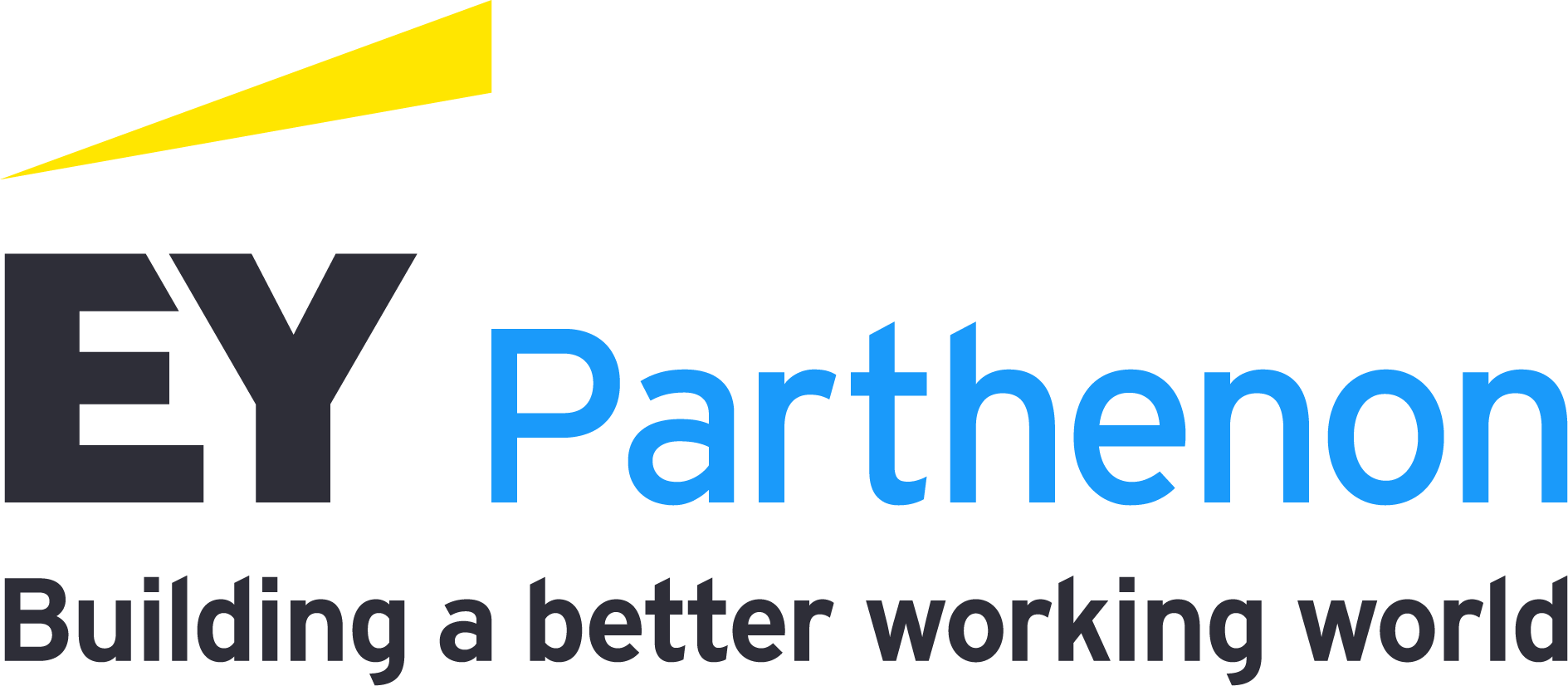Like in many other sectors, higher education leaders and boards recognize that their key constituents want to be part of purpose-led organizations that are doing the right thing. A deliberate environment, social and governance (ESG) strategy, accompanied by a coherent framework of actions and transparent communications about the impacts of these actions, can go a long way in helping an institution attract and retain students, faculty and staff, while also enhancing relationships with the wider community.
While an ESG strategy requires support at the highest levels of the organization to signal commitment, it also needs to be embraced throughout the organization to actually take hold and deliver results.
Focusing on environment, the first part of ESG, the EY-Parthenon team found that 75% of 176 institutions surveyed in February 2022 indicate that environmental sustainability is important to them, as well as to their stakeholders (Figure 1). The survey included finance, operations and academic administrators at universities across the US.







